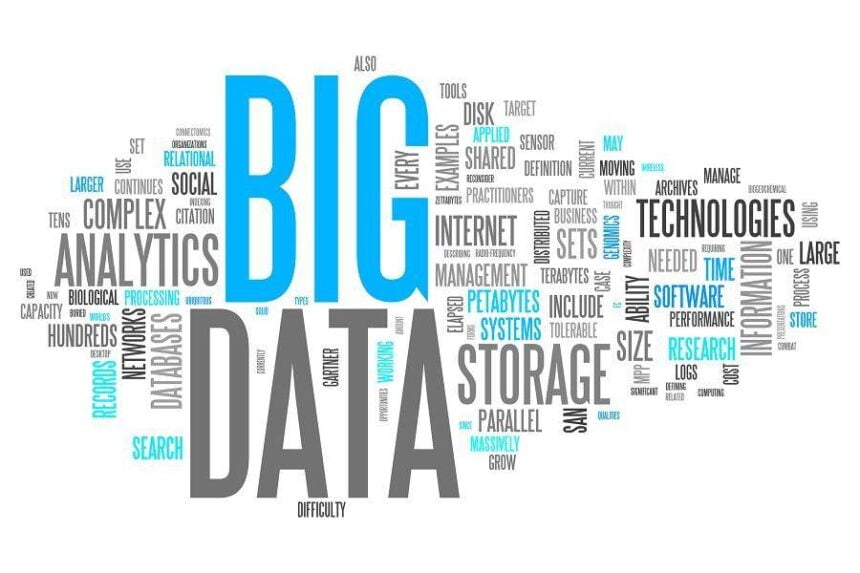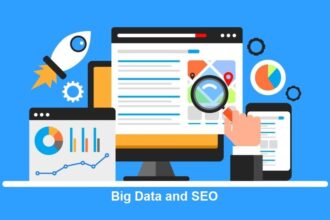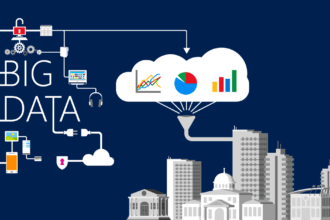The problem with “Big data” is that it gives the impression of servers of information, of something only open to large corporations that build data clouds with petabytes of information while small businesses have to make due with inferior programs.
That is not true at all. In fact, small to medium businesses (SMBs) have serious advantages in using data as they are closer to the ground and can change faster. SMBs can also take advantage of the growth in big data analytics, which uses analytics to identify important patterns in data and come to a conclusion.
Don’t think of Big Data, but rather of Smart Data which requires innovation and a willingness to change. Companies that can innovate with data will thrive over their competitors regardless of size. A few examples and keys should show how a small business can use big data analytics to get the most out of its resources.
1. What is the Problem?
Technology and data is a means to an end. It is not an end in and of itself. As Keith Carter with Search Business Analytics observes, copying increasing amounts of big data into spreadsheets and relentlessly categorizing it “typically provides no value in and of itself.” This is another reason why I don’t like the word “Big Data”, as it encourages such big, wasteful behavior.
Before setting up a cloud-based platform or using analytics, a business needs to answer what problems it wants to solve with data. This can range from gauging customer satisfaction to finding ways to improve on supply chains. But data for data’s sake is a waste of time.
2. The Right Kind of Data
While there can be such a thing as too much categorization, businesses need to make sure to focus on the right kind of data. Web traffic is a good example. Every business wants to increase web traffic, but the real goal should be to target specific demographics which your business truly desires.
At the same time, businesses have to ensure that different departments share the different kinds of data they possess so that a data analytics program can have more information from the whole company and not just a part. The digital software data company Cloudera points out that the most successful companies which use data can easily share sales data or production data with one another.
3. Tracking Inventory and Pricing
If you regularly use Uber, you have probably heard of surge pricing, where Uber changes the price of rides when demand is high to encourage drivers to drive in busy hours. Surge pricing works because Uber has embraced a data driven-approach with algorithms that can monitor traffic conditions and adjust prices in real time.
In addition to Uber, other companies like Walmart use analytics to constantly account for inventory as demand suddenly spikes. Small businesses can do similar things too, by providing a more detailed analysis of peak customer hours and orders. Small businesses already have a speed advantage over large corporations, but now that advantage can be increased with a steady flow of data and analytics.
4. Data and Predictions
Businesses cannot just react to whatever crisis catches them off guard. They need to prepare for unlikely scenarios, which means predicting the unpredictable.
That is precisely what Eddie Madan, CEO of Edkent Media, advises his web design clients—data analytics, especially predictive analytics, exists to do. “By looking at patterns of information, analytics can detect when something has gone wrong and move to fix the problem before it gets worse,” says Madan. “For example, a bank can use behavioral analytics to note a sudden withdrawal or a radical change in a customer’s account to stop fraud or hackers, while courts can use analytics to predict whether a convict up for parole is more or less likely to re-offend.”
Past performance does not guarantee future results, and strong leadership is needed to judge analytical results. But this sort of analysis can help any business.
5. Big Data is Constant
Businesses should think about what problems they want to solve before investing in data and analytics. But this does not mean that businesses should scrap their analytics programs once the problem is solved. Big data analytics can be used for purposes beyond the original problem, especially for smaller problems which your business may have originally decided was not worth developing an analytics program.
While your business should make sure not to think that everything can be solved with analytics, be creative in thinking of new ways which an analytics program can help your business. Just look at the Point Defiance Zoo, which originally created a data program to help manage attendance in regards to the weather. After that succeeded, the zoo used the analytics to track when to offer ticket deals and is now looking into using data to help the animals.
The result from constantly looking for new ways to use data is better sales and new ways to improve which a business may not have thought of before. All it requires is some creativity.








